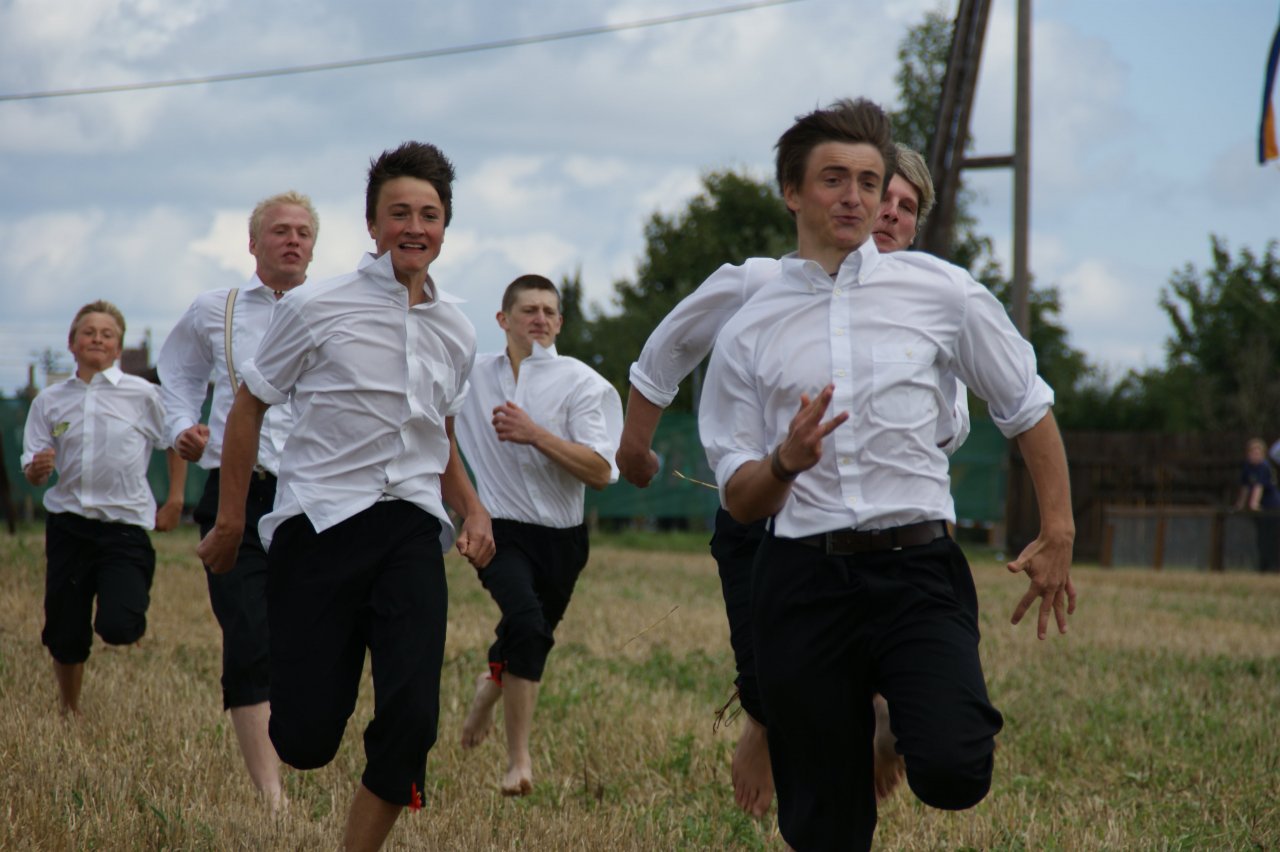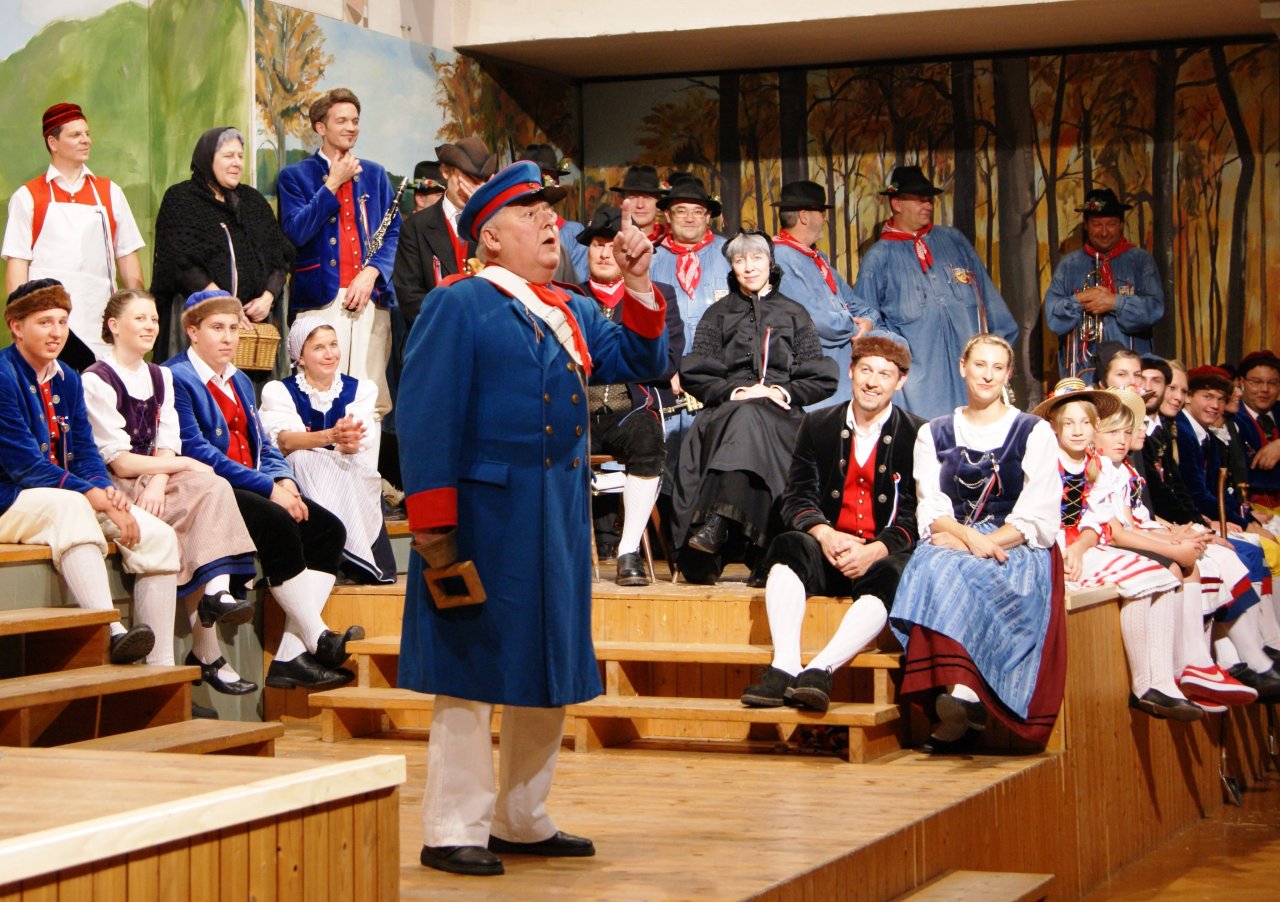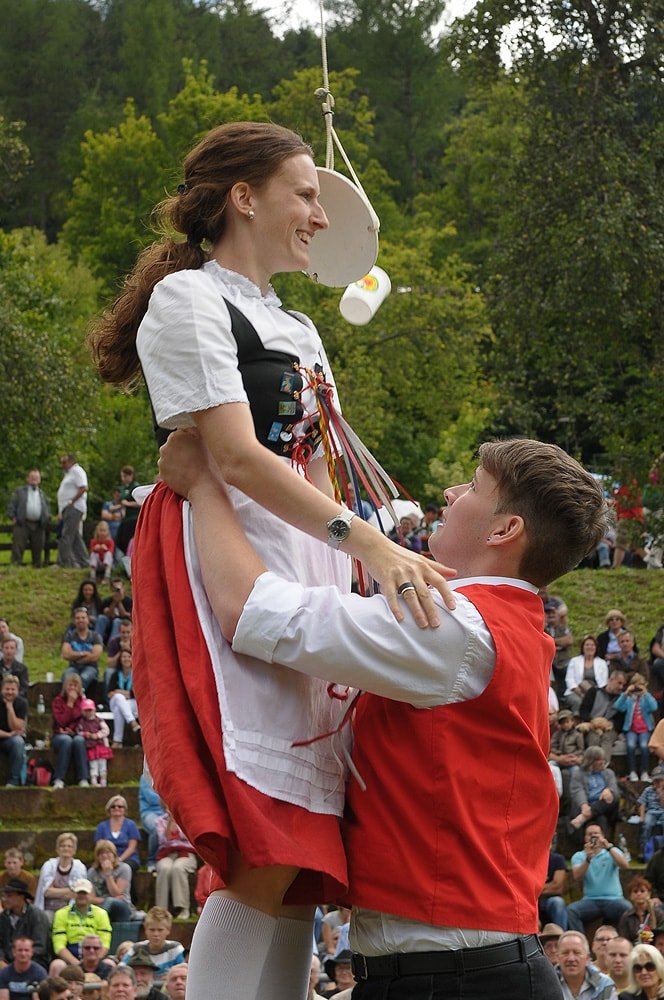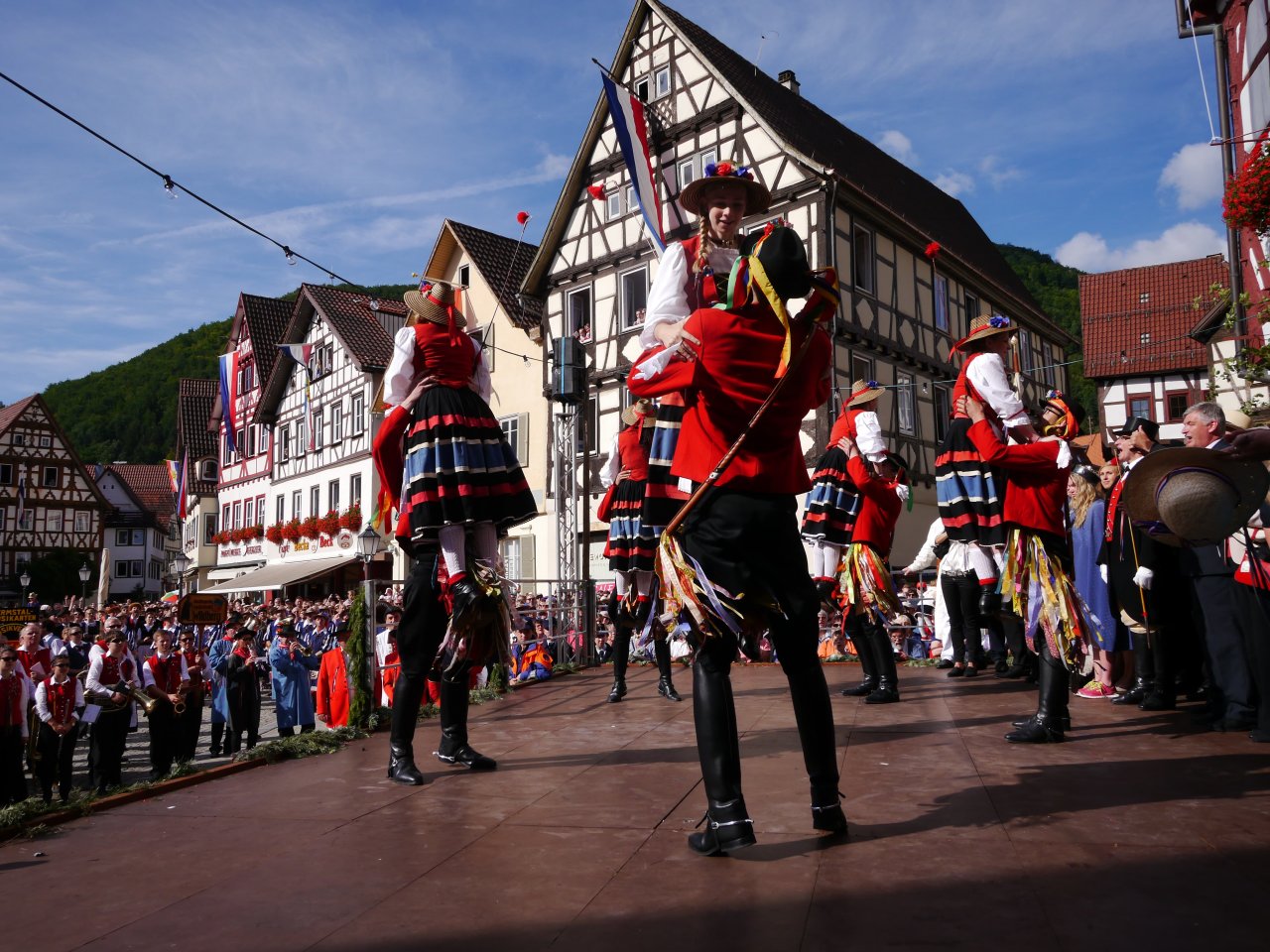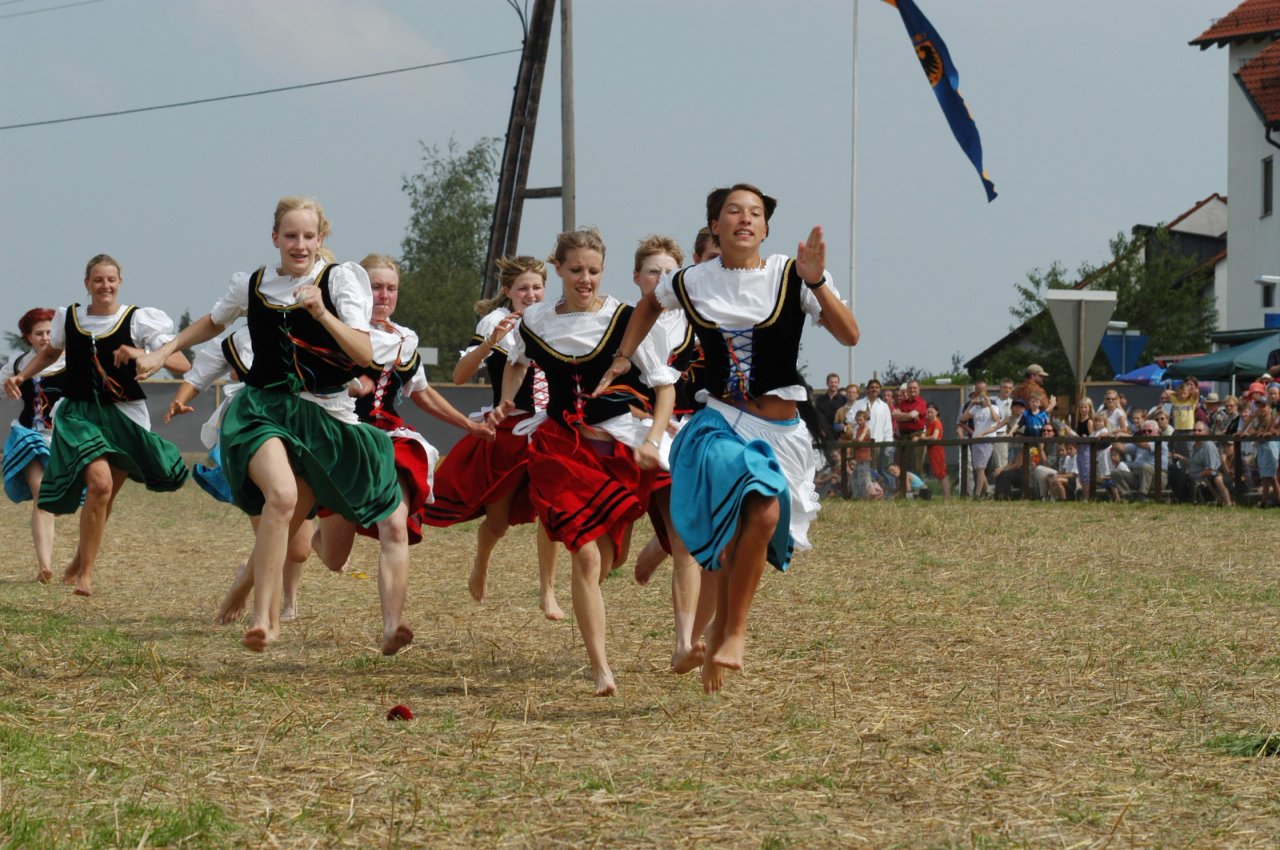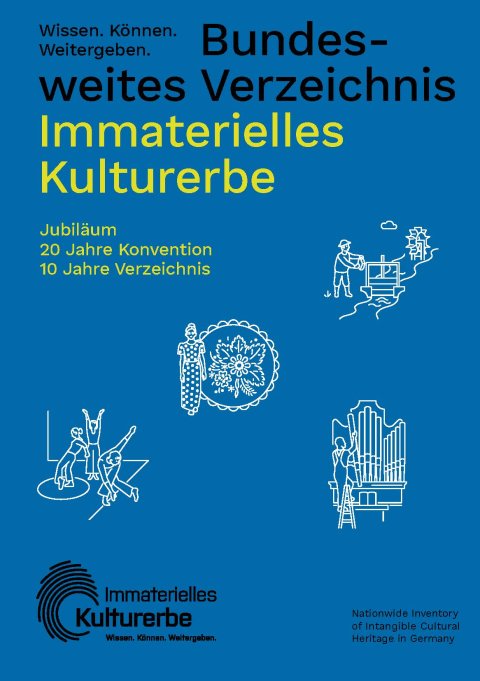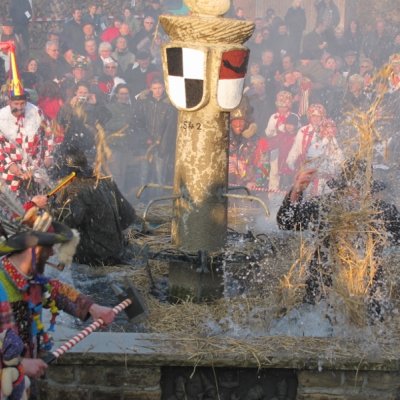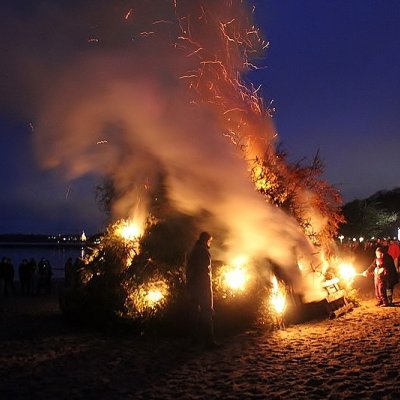Nationwide Inventory of Intangible Cultural Heritage
The Tradition of The Shepherd's Run and Shepherd's Trade Market in Markgroeningen, Bad Urach and Wildberg
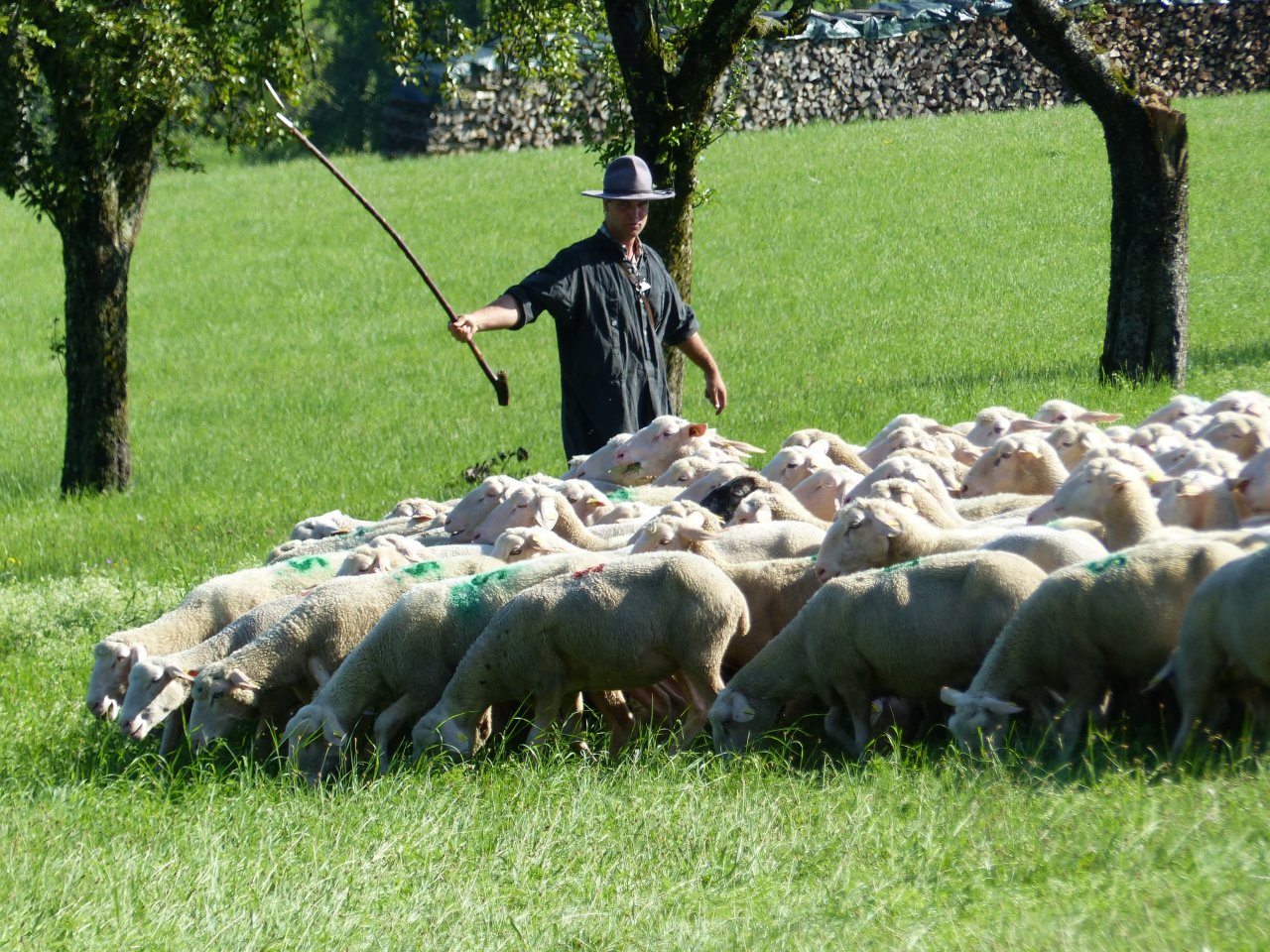
The tradition of shepherd’s runs is likely to date back to the 14th century. Even today, it is vibrant in the three cities of today's federal state of Baden-Wuerttemberg Markgroeningen, Bad Urach and Wildberg. Key element of the tradition are the classic shepherd's run and various other playful contests. A very old component of the tradition is a shepherd’s dance. The festivities are accompanied by parades through the cities, the performance of plays and craft fairs. The shepherd’s tradition is passed on through means of a “city shepherdship”: City shepherds are employed by the city and let their herds graze on their district.
Facts & figures
Crucial date: 24th August, Day of Bartholomew
Inscription: 2018
Domains: Social practices, rituals and festive events; knowledge and practices concerning nature and the universe; performing arts; traditional craftsmanship
Where to find: Markgroeningen, Bad Urach und Wildberg in Baden-Wuerttemberg
Contacts
City Bad Urach
Eberhard Knauer
@email
Website
City administration Wildberg
Eberhard Fiedler
@email
Website
City Markgroeningen
Andrea Hartmann
info@markgroeningen.de
Website
The starting point of this festive tradition is the guild order of the shepherds from 1651. For generations, shepherds have been competing against each other. The shepherd’s run gives utterance to such competitive manners, however, animated by comical intentions.
During the festivities, markets offer many sheep products. Their proceeds are donated to a sheep conservation fund aimed at supporting the cities’ shepherds. Additionally, those markets provide the opportunity to get to know techniques and knowledge related to sheep farming. Due to diverse possibilities of participation by the local population, whether during the pageant or at the performance of festivals, the tradition of the shepherd’s run create a sense of togetherness and shared identity. Above all, the heterogeneous composition of participating groups enables young people to gain an insight into a craft they can barely encounter in their everyday lives.
Concerning the respective geographical area, sheep farming is still of significant importance. While in the past the wool industry and the butcher trade had priority, the wool industry declined considerably due to cheaper cotton production. Today, apart from meat production, the central idea is to preserve historically grown cultural landscapes and nature conservation. The geological structure of the landscapes around Markgroeningen, Bad Urach and Wildberg depends on the careful, sustainable care of the landscape by sheep; this very reason has led to the fact that the shepherd’s craft has maintained grand appreciation.
